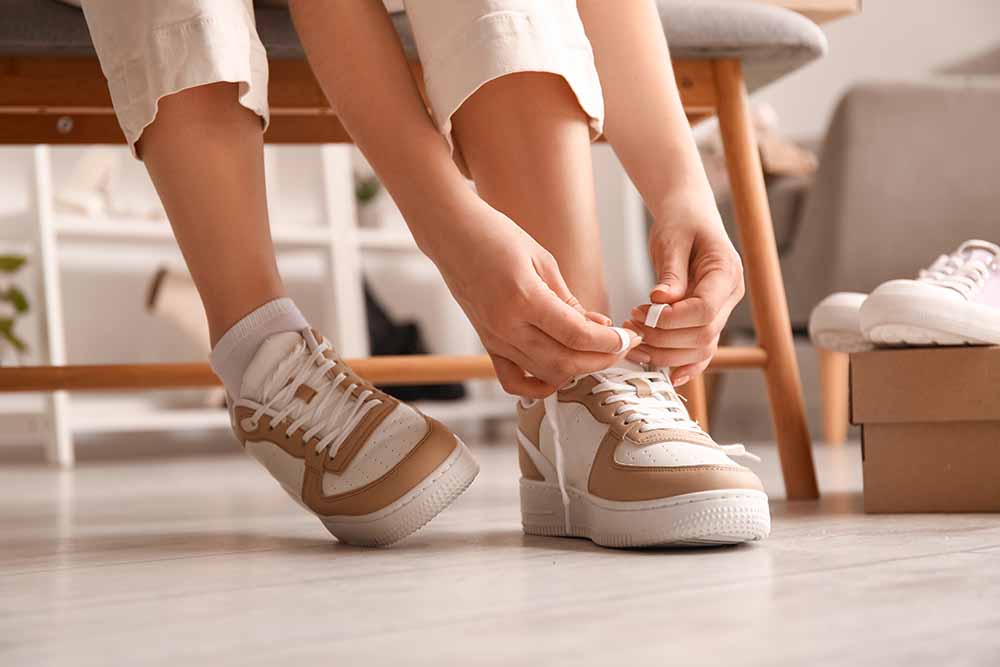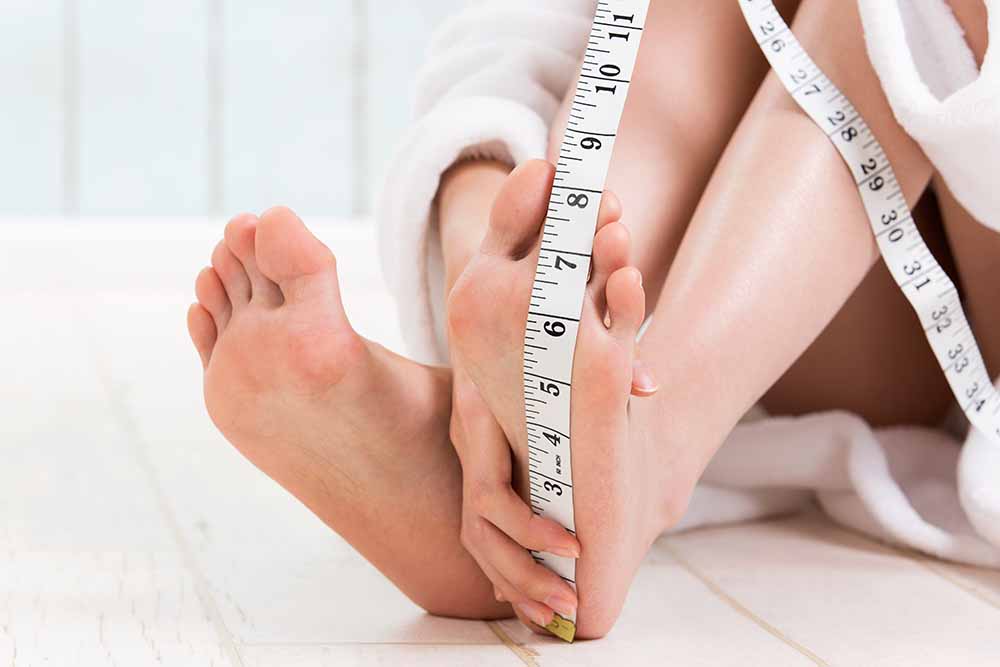A new footwear sizing system tailored specifically for Indians, dubbed ‘Bha’ in honour of ‘Bharat, is being developed with the intent to replace the current UK/European and US sizing standards.
A pan-India survey on the feet sizes of Indians conducted between December 2021 and March 2022, studied 101,880 individuals across 79 locations in five geographical regions. Using advanced 3D foot scanning technology, it delved into the size, dimensions, and structure of the typical Indian foot. Contrary to initial assumptions, which suggested the necessity of multiple sizing systems to accommodate diverse ethnicities, the survey indicated potential for a unified approach.
Why the Indian shoe sizing system?
The idea for an Indian shoe sizing system emerged due to the changing landscape of footwear consumption in the country. Before independence, the British introduced UK sizes in India, but these sizes didn't accurately cater to Indian feet. There was a lack of data about Indian foot structure, size, and dimensions, making it challenging to develop a sizing system tailored to their needs.
Today, each Indian owns an average of 1.5 pairs of footwear and India is the most populous country globally, boasting one of the largest shoe markets and manufacturing sectors worldwide. Despite this, industry insiders report that around half the footwear ordered online is returned by customers, indicating a mismatch between what's ordered and what fits.

‘Bha’
The introduction of ‘Bha’,' an Indian sizing system, aims to address these issues. By providing accurate sizing based on the unique characteristics of Indian feet, it stands to benefit both consumers and footwear manufacturers. This initiative seeks to streamline the shopping experience for users and reduce returns, ultimately boosting efficiency and satisfaction in the footwear industry.
The survey debunked the notion that individuals from northeast India typically have smaller feet compared to the rest of the country. Key findings highlighted that the average foot size for Indian women reaches its peak at age 11, while for Indian men, it peaks at around 15 or 16. Moreover, Indian feet were observed to be wider on average than those of Europeans or Americans. The existing UK/European/US sizing systems were found to inadequately cater to Indian feet, resulting in many individuals wearing ill-fitting footwear—often a size too large. This mismatch in sizing leads to various issues, including discomfort, injuries, and foot health concerns, particularly prevalent among elderly individuals and those with diabetes.
Specifically, the survey noted instances of excessively tight shoelaces, disrupting normal blood flow and causing discomfort and potential injuries, especially in the case of high-heeled women's footwear. Additionally, it was observed that men tend to overtighten shoelaces to compensate for ill-fitting shoes, further compromising foot health.

‘Bha’s Progress
‘Bha’s current progress involves several key steps. Firstly, the survey was conducted by the Chennai-based Council of Scientific and Industrial Research–Central Leather Research Institute (CSIR–CLRI). They have shared their recommendations with the Department of Promotion of Industry and Internal Trade (DPIIT), which falls under the Union Ministry of Commerce.
The DPIIT has subsequently passed these recommendations to the Bureau of Indian Standards (BIS), the authority responsible for implementing the new sizing system in India. Since ‘Bha’ will replace existing sizing methods entirely, the departments have proposed that footwear made according to ‘Bha’ size standards should be distributed to users for trial, testing, and feedback.
The anticipated timeline for ‘Bha's’ implementation is set for some time in 2025. This comprehensive process ensures that the new sizing system meets the needs of Indian consumers effectively.
The system categorises sizes as follows: I – For Infants (0-1 year) II – For Toddlers (1-3 years) III – For Small Children (4-6 years) IV – For Children (7-11 years) V – For Girls (12-13 years) VI – For Boys (12-14 years) VII – For Women (14 years and above) VIII – For Men (15 years and above)
This streamlined approach aims to provide a better fit for approximately 85 per cent of the Indian population. Production will primarily target sizes III to VIII, meeting the needs of the majority of consumers across the country.